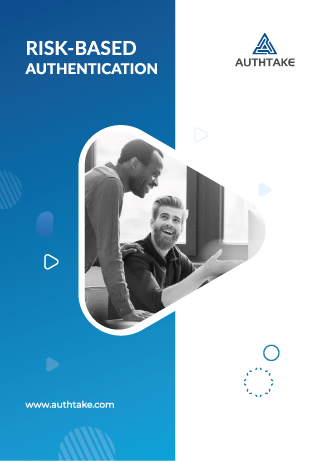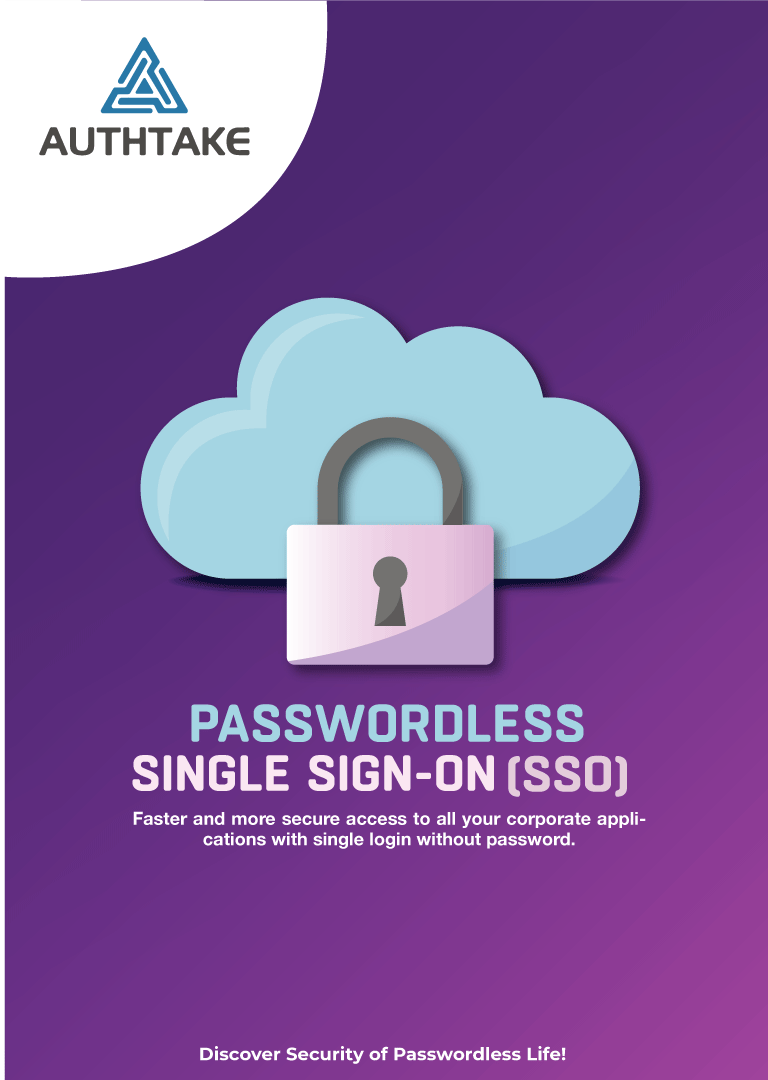- Resources -
White Papers
Check out our whitepapers and e-books for detailed information on the use of our product and the latest information on identity verification technology.
– Try 30 days for free.
– Cancel anytime.

Risk-Based Authentication
Risk-Based Authentication (RBA) determines real-time threat signals by analyzing the behavior of a user who wants to access a resource or system, and generates a risk score for each access request. If the access request is deemed risky, It can request additional identity information or deny the access request.

Zero-Trust Authentication
Zero Trust Authentication is an approach to computer security that assumes that no user, device, or application should be trusted by default, regardless of its location or past behavior.
It is based on the principle of “never trust, always verify” and aims to provide a more secure way of accessing resources, especially in cloud-based environments.

Passwordless Authentication
Passwordless authentication is a method of verifying a user’s identity without requiring them to enter a traditional password. Instead of relying solely on a password, passwordless authentication employs alternative factors or methods to confirm the user’s identity.

Passwordless Single Sign-On
Single sign-on (SSO) is an authentication mechanism that allows users to access multiple applications or systems with a single set of login credentials.
Instead of requiring users to remember and enter separate usernames and passwords for each application, SSO enables them to authenticate once and then access multiple services without additional login steps.

PassKiosk Self-Service Password Reset
Self-service password reset is a feature that allows users to reset or change their passwords without the need for assistance from an IT helpdesk or administrator.
It empowers users to manage their passwords independently, saving time and reducing the burden on IT support.

Main Factor of Security Risk: Passwords
Passwords are a primary factor of security risk in many systems and applications. They pose several challenges that can compromise the overall security posture. One significant concern is weak passwords.
Many users tend to create passwords that are easy to guess or reuse passwords across multiple accounts, making them vulnerable to brute-force attacks or credential stuffing.








